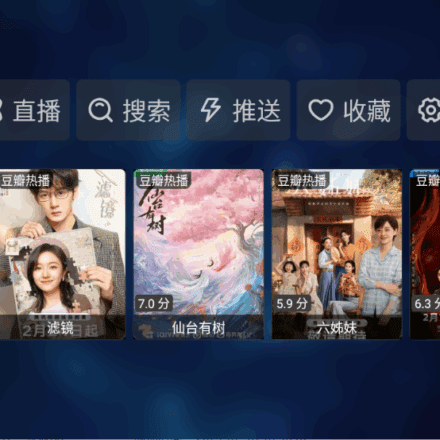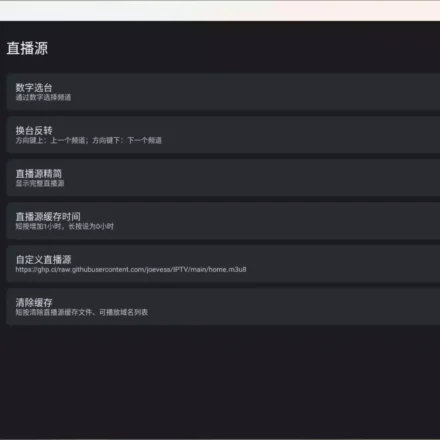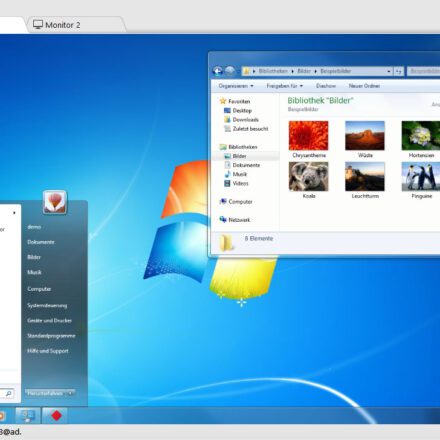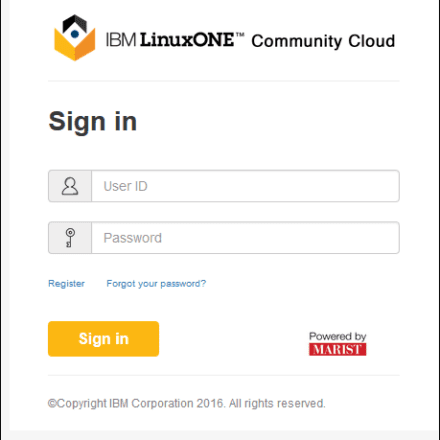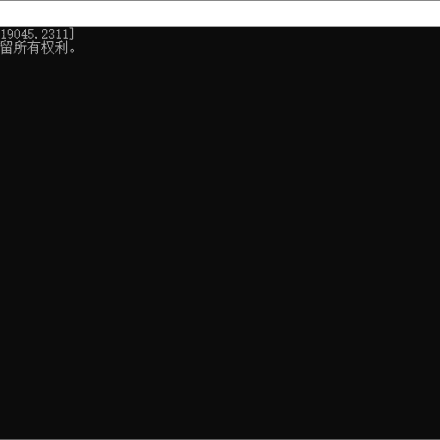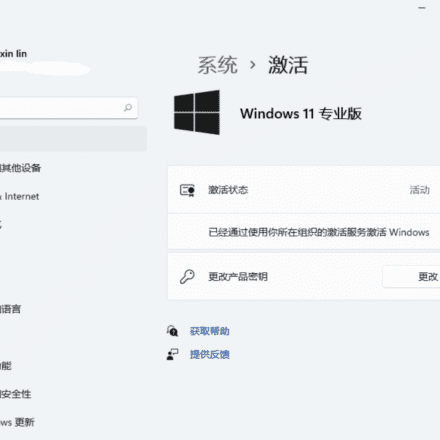Excellent software and practical tutorials
How to apply for long-term free cloud server on Google Cloud
Many people abandon their accounts after applying for a Google Cloud trial, but they don’t know that there is a permanently free cloud server hidden in the Google Cloud account. Although the configuration is not high, it is enough to be used as a backup server. The traffic is 200G per month, which is higher than the 100G bandwidth of AWS. In theory, Google Cloud’s free server is permanently free.
Free Cloud Server Introduction
Google GCP provides Free Tier services to all active Cloud Billing users. For detailed free content, see its official documentation.Click to goThe free policy only requires the following two things:
① The account is in the free trial period or after the upgrade (Google will suspend the account when the trial expires)
② The account has not been suspended due to arrears
A free cloud server is ae2-microFor example, you can choose Oregon in the western United Statesus-west1/US-China Iowaus-central1/Southeast Carolinaus-east1, 30GStandard persistent disk, and 200G of traffic per month.

In September 2023, Google announced in a blog post thatStandard Tier Network(that is, it is provided directly through the local ISP network in the computer room without being optimized by Google backbone network)200G/regionFree traffic (Click to go).

Google GCP's billing documentation has been updated with relevant content (Click to go), a reminder of the free quota has been added next to the Standard Tier option when creating a VM instance, so you can rest assured that you can use it for free within the 200G range. The controversial "Not Applicable" in the billing document is "Always Free usage limits do not apply to Standard Tier.", which means that the free 1G traffic in the Free Tier does not apply to the Standard Tier, that is, the pricing of the Standard Tier is based on the fee document.

2. Create an instance
To start using Google Free Tier, you need to bind a foreign currency debit card and activate the payment. The cloud service itself is expensive, and you may be charged a lot of fees if you are not careful. Based on Google's policy, the following is an example of the correct startup process. First, select [Compute Engine] - [Virtual Machine Instance] - [Create Instance] to enter the new cloud server page.

Select Oregonus-west1/Iowaus-central1/South Carolinaus-east1One of the three, I recommend Oregon in the western United States.us-west1, geographically it is relatively close to Asia Pacific.

Select instance model [E2 series], [Shared core], [e2-micro】Instance, that is, an instance with 1 shared core (2vCPU/thread) and 1GB of memory.

Next, open the startup disk section, click [Change], select the appropriate operating system (it is recommended to choose a common free Linux distribution to avoid paid points), change the startup disk type to [Standard Persistent Disk], and the maximum size can be set to 30GB.

Release [Advanced Options] - [Network] in sequence, pull down the default network interface in the network interface to modify it, and select [Standard] in the [Network Service Tier] below. This option will prompt that there is a 200G free quota. There is no IPv6 support under the standard network, and it is not recommended to set the IPv4 address to static. Static IP addresses will incur fees in the unattached state after deleting the VM.

Click Create to start. For cost information, it is recommended to go to [Settlement] - [Report], change [Group by] on the right to [SKU] and then download..csvThe Free Tier quota will not generate positive fee records in the fee table. It is normal for fees and discounts to offset each other. Occasionally, some accounts will be mistakenly displayed as negative fees. Networking-related billing comes from the Network Intelligence Center. The official explanation is that it is a future billing item that does not yet provide a disable function (Click to go), the 100% discount will be maintained until the default closure is provided in the future. Here is a blogger's account book for the past two days, with notes on specific items added for your reference (Click to download).

After the cloud server is successfully established, the firewall needs to be entered from [VPC Network] and then click [Firewall]-[Add Firewall Rule] to set it up. If you don't know how to set it up, you can enter the name, confirm the log deactivation, select the traffic direction (one for inbound and outbound), the target is all instances in the network, and the source IPv4 range.0.0.0.0/0All protocols and ports are allowed, so that all firewalls can be opened. SSH settings can be set by clicking SSH connection in the console.sudo -iElevate privileges and then edit/etc/ssh/sshd_configWillPasswordAuthenticationandPermitRootLoginItems are set toyes, and then throughservice ssh restartRestart the ssh service and thenpasswdSet the ssh password, and then you can connect as root through any ssh tool. This part is not the focus, so I won't go into details here.

3. Network Review
Without Google backbone, the longest optimization is to Hong Kong to return to China, and the standard ISP network is not friendly to the mainland. Taking the geographically closest Oregon us-west1 as an example, the outbound three networks are interconnected through public networks such as Level3 and Telia. The return trip is directly connected to China from Los Angeles CMI by China Mobile, and China Telecom and China Unicom return to China through Verizon's public network.

The latency and speed at the network level are very average, and there is no difference with cheaper VPS such as DigitalOcean, Vultr, etc., so if you come here for the network, there is no need. Google's traffic is only counted for upstream, and it is still enough to use CloudFlare to build a small website or put some light-load services. In addition, the current standard layer network does not provide IPv6 addresses, so there is no need to try to create a dual-stack VPC separately.

IV. Conclusion
It is still worthwhile to use Google's free resources reasonably, after all, the big company has a good reliability guarantee. However, there are still strong limitations. If you don't need it so much, the blogger still recommends not to join the fun casually, be careful of being robbed by Google accidentally. The blogger just found out that the Key Management Service will be charged from 2023, and $0.06 will be deducted every month. In actual use, you still need to be more cautious and pay more attention to the bill to avoid the situation where the house is gone overnight.

